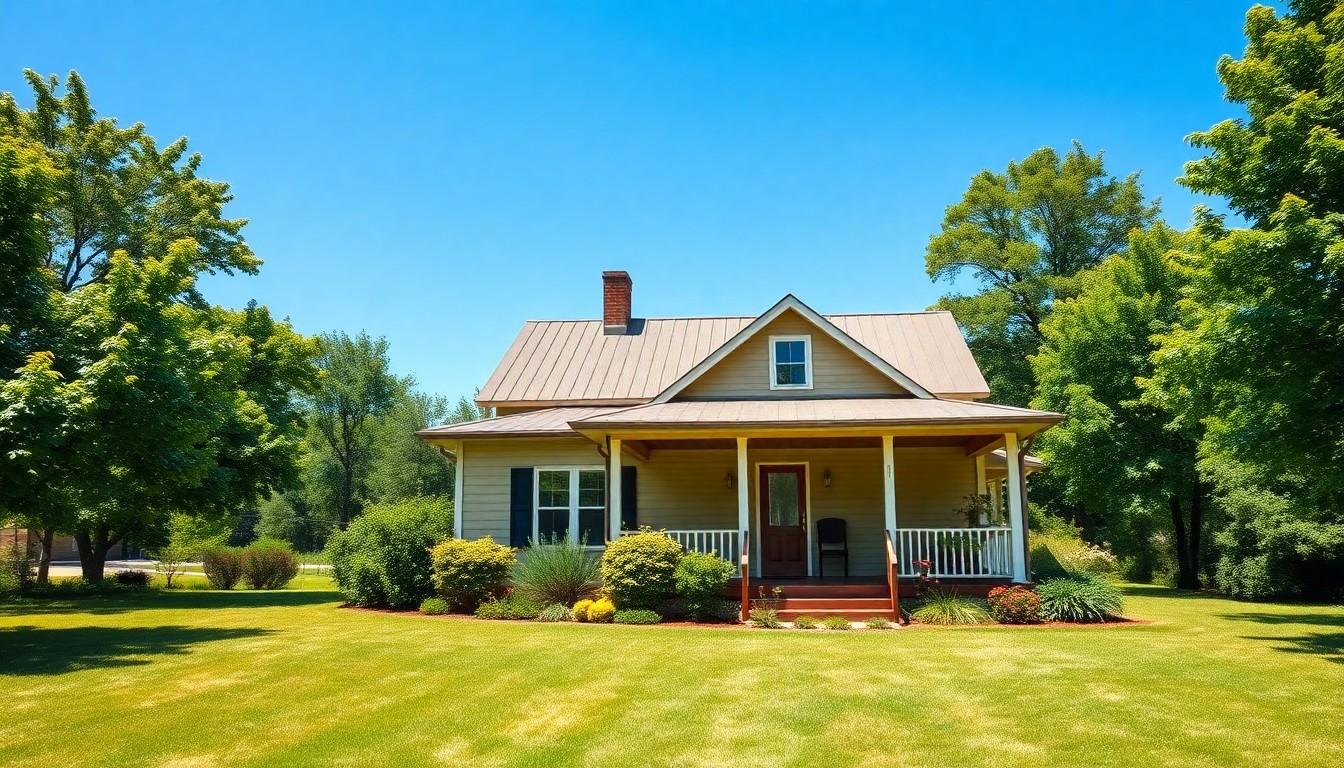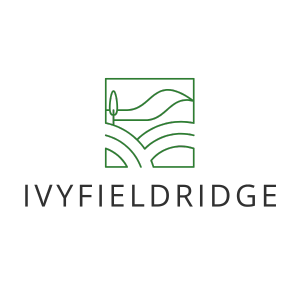
Home Loans for Rural Properties: Unlock Your Dream Country Cottage Today
Dreaming of a cozy farmhouse or a charming cottage nestled in the countryside? Home loans for rural properties make that dream a reality without requiring a treasure map or a magic wand. With picturesque landscapes and fresh air that could make even city dwellers swoon, rural living offers a lifestyle that’s hard to resist.
Home Loans For Rural Properties
Home loans for rural properties enable individuals to purchase their dream homes in picturesque settings. Various financing options cater specifically to the unique needs of rural buyers.
Types Of Home Loans Available
Multiple loan types exist for rural properties. USDA loans offer low-interest rates with flexible credit requirements. FHA loans can assist buyers with lower down payments, making them accessible for many. Conventional loans cover both primary and secondary homes in rural areas, providing versatile options. VA loans serve eligible veterans, offering favorable terms for those looking for properties outside urban centers.
Key Features To Consider
Several critical features deserve attention. Interest rates influence overall loan costs, impacting long-term financial commitments. Understanding loan terms helps buyers assess affordability over time. Pre-payment penalties can affect future financial plans, requiring awareness of potential fees. Property condition plays a crucial role in loan qualifications, ensuring the home meets lending standards. Additionally, local real estate market conditions can affect loan availability and terms, making research essential.
Eligibility Criteria

Eligibility for home loans targeting rural properties mandates meeting specific criteria. Financial institutions assess various conditions catered to rural living.
Income Requirements
Income requirements often vary significantly among loan types. Lenders generally expect applicants to demonstrate a steady income stream. USDA loans typically require a household income not exceeding 115% of the area’s median income. FHA loans require borrowers to showcase adequate income to manage monthly payments. Conventional loans consider factors including debt-to-income ratios. VA loans do not enforce strict income limits but take creditworthiness into account. Meeting these income thresholds supports a favorable loan outcome.
Property Specifications
Property specifications play a vital role in loan eligibility. Rural home loans often require properties to be owner-occupied. USDA loans mandate homes to fall within designated rural development areas. FHA and conventional loans specify minimum property standards such as safety and livability. Lenders typically require appraisals to ensure properties meet value and condition benchmarks. VA loans focus on properties that align with veteran requirements. Failing to meet these specifications may hinder loan approval.
Benefits Of Home Loans For Rural Properties
Home loans for rural properties offer several advantages that make homeownership more attainable for those seeking rural living. These benefits significantly improve the financial landscape for buyers.
Access To Lower Interest Rates
Lower interest rates present a primary advantage with rural home loans. USDA loans, for example, often feature rates below the national average. Competitive interest rates on FHA and VA loans also attract borrowers. Accessing these favorable rates leads to reduced monthly payments and overall lower borrowing costs. Many lenders recognize the unique demands of rural areas, offering better terms to encourage home purchases. Options like fixed-rate loans ensure stability in long-term financing.
Government Assistance Programs
Government assistance programs enhance the appeal of home loans for rural properties. USDA loans support eligible buyers with zero down payment and reduced mortgage insurance costs. Such programs target low to moderate-income households, ensuring affordability. FHA loans offer flexible credit requirements, making them accessible to more individuals. Additionally, VA loans provide substantial benefits for veterans, including competitive rates and no down payment. Support from local and state programs may further assist buyers in securing financing. Overall, these initiatives significantly simplify the home-buying process for rural properties.
Common Challenges
Home loans for rural properties come with unique challenges. Buyers may encounter obstacles that complicate the financing process.
Limited Lender Options
Limited lender options often arise for rural property buyers. Traditional banks may not provide mortgages for less-populated areas, making it harder to secure a loan. Specialized lenders, like those participating in USDA programs, typically cater to rural properties. Some lenders may impose stricter requirements or charge higher fees. Researching multiple lenders can reveal better financing opportunities. Local credit unions may also offer favorable rates and terms tailored for rural housing markets.
Appraisal Issues
Appraisal issues frequently impact rural home loans. Finding suitable appraisers familiar with rural properties can pose challenges. Standard appraisal methods may not adequately reflect the unique features of rural homes, leading to lower valuations. Properties often feature larger lots or distinctive structures that don’t match conventional metrics. Failing to meet appraisal expectations may delay financing or cause loan refusals. It’s essential to work with real estate professionals who understand rural markets to mitigate these appraisal concerns.
Peaceful Countryside Lifestyle
Navigating home loans for rural properties opens up a world of opportunities for those yearning for a peaceful countryside lifestyle. With various financing options available buyers can find loans tailored to their needs. Understanding eligibility criteria and property specifications is essential for securing the right loan.
Despite challenges like limited lender options and appraisal complexities a well-informed approach can lead to successful homeownership. Embracing the charm of rural living is within reach with the right resources and support. By leveraging the benefits of specialized loans buyers can turn their dream of a rural home into reality.
